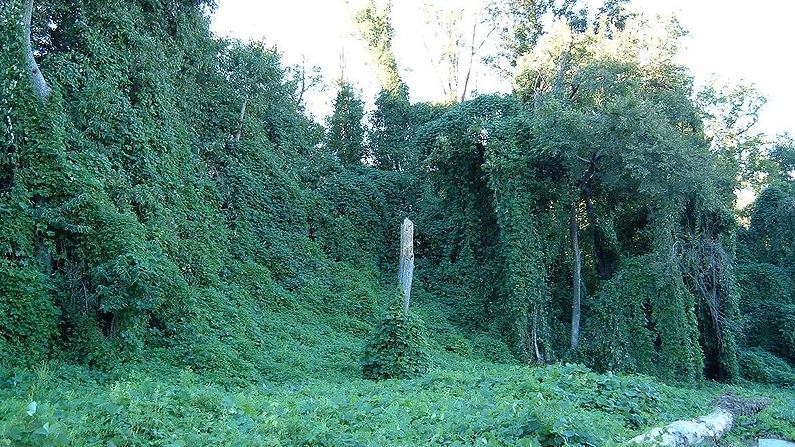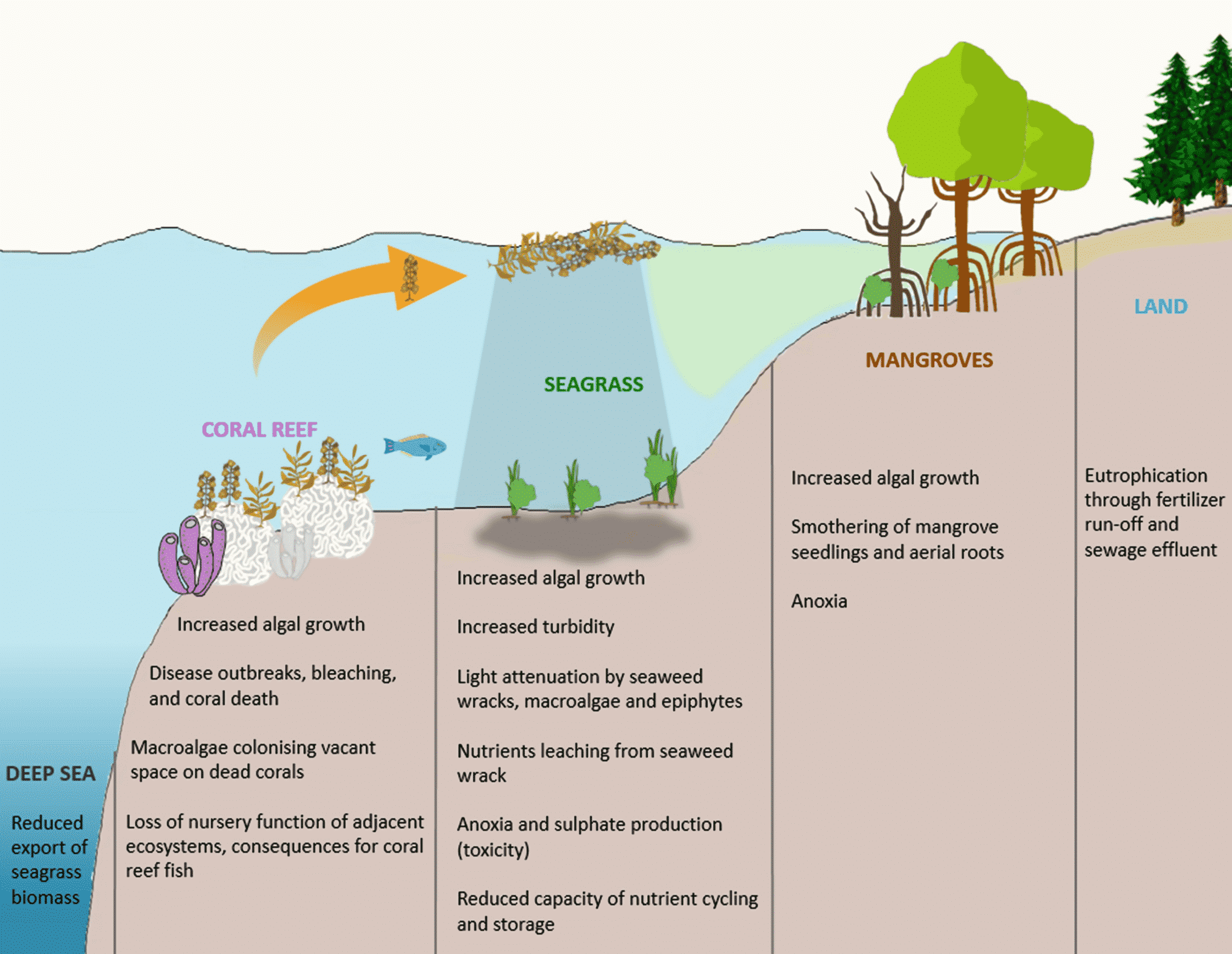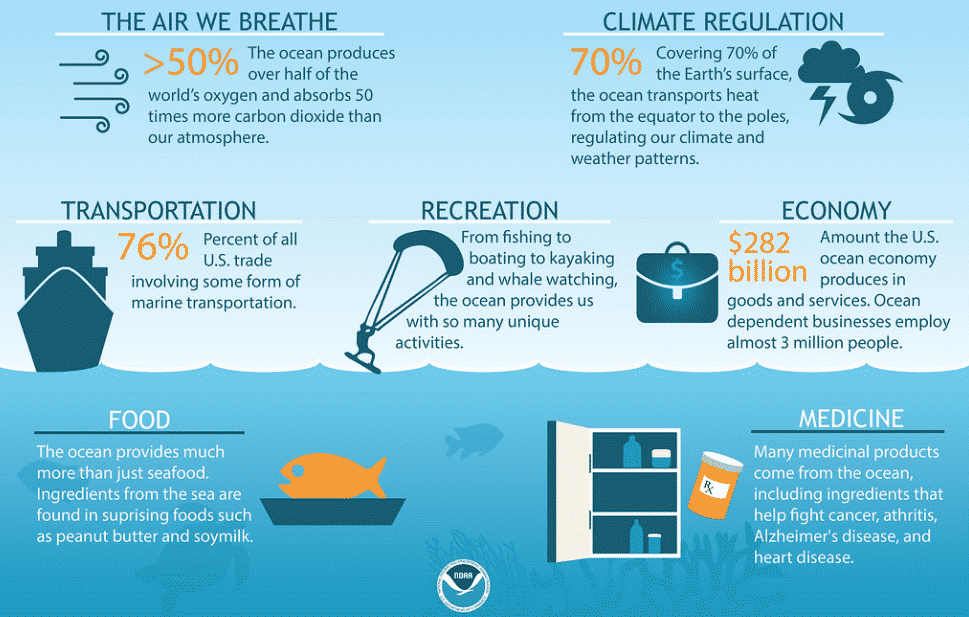Table of Contents
Invasive Alien Species by Zoological Survey of India (ZSI) | UPSC – IAS
An invasive alien species is a species that is not native to a specific location (an introduced species), and that has a tendency to spread to a degree believed to cause damage to the environment, human economy or human health.
An introduced species, alien species, foreign species, exotic species, non-indigenous species, or non-native species is a species living outside its native distributional range, but which has arrived there by human activity, either deliberate or accidental.
Causes of Invasive Alien Species | UPSC – IAS
While all species compete to survive, invasive species appear to have specific traits or specific combinations of traits that allow them to outcompete native species. In some cases, the competition is about rates of growth and reproduction. In other cases, species interact with each other more directly.
Study found invasive species tended to have only a small subset of the presumed traits and that many similar traits were found in noninvasive species, requiring other explanations. Common invasive species traits include the following:
- Fast growth
- Rapid reproduction
- High dispersal ability
- Phenotype plasticity (the ability to alter growth form to suit current conditions)
- Tolerance of a wide range of environmental conditions (Ecological competence)
- Ability to live off of a wide range of food types
- Association with humans
- Prior successful invasions
Findings of Zoological Survey of India | UPSC – IAS
National Conference on the Status of Invasive Species in India was organised by Zoological Survey of India and the Botanica Survey of India in which ZSI announced a list of alien invasive animal species. Findings of Zoological Survey of India are as follows:-
ZSI has made a list of 157 species of Invasive Alien Species (IAS) out of which 58 are found on land and freshwater habitat and 99 are found in marine ecosystem. Common Alien Animal Species found in India are –
- African Apple Snail – found in Andaman and Nicobar Island, now spread across the whole country
- Papaya Mealy Bug – massively affected papaya crop in Assam, West Bengal and Tamil Nadu
- Cotton Mealy Bug – threat to cotton crops in Deccan
- Amazon sailfin catfish – responsible for destroying fish population in wetlands
- Orange Cup-Coral – originated in Indo- East Pacific, now also found in Andaman and Nicobar Island, Gulf of Kutch, Kerala and Lakshadweep.
- Primrose Willow -It is an aquatic plant native to Central and South America. It flourishes in sandy and mineral rich soil of wetlands. First seen in Karbi Anglong district of Assam and is now spreading in Tamil Nadu, Kerala, the Andaman & Nicobar Islands and West Bengal.
Steps taken to control Invasive Alien Species | UPSC – IAS
Invasive alien species (IAS) are a global issue that requires international cooperation and actions. Preventing international movement of Invasive alien species (IAS) and rapid detection at borders are less costly than control and eradication. Preventing the entry of Invasive alien species (IAS) is carried out through inspections of international shipments, customs checks and proper quarantine regulations.
- Article 8(h) of CBD and Aichi Target 9 aim to control or eradicate alien species which threaten ecosystems, habitats and species.
- Global Invasive Species Program is supporting to implement Article 8(h) of CBD with IUCN as partner organization and also working to address the global threat to IAS.
- IUCN’s Invasive Species Specialist Group has also been working to promote and facilitate the exchange of IAS information and knowledge across the globe and ensure linkages between policy making and flow of knowledge.
- IUCN has also developed a number of global databases which provide critical information on IAS such as Global Invasive Species Database and the Global Register of Introduced and Invasive Species.











